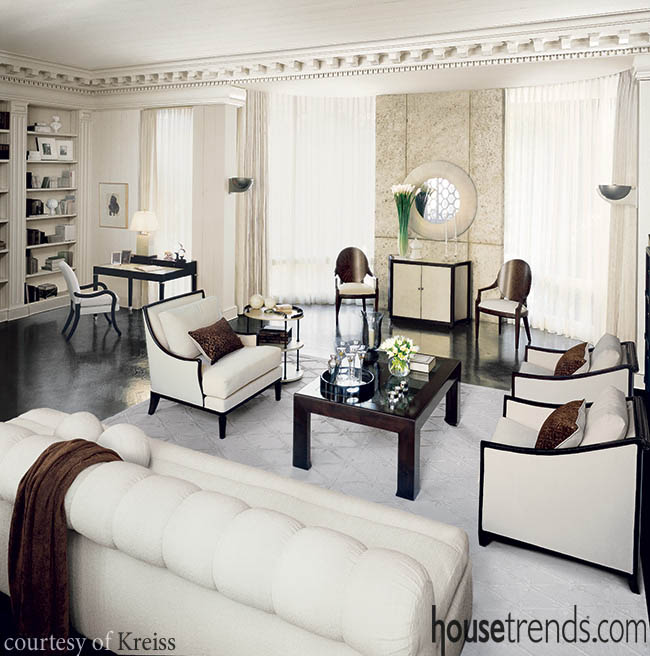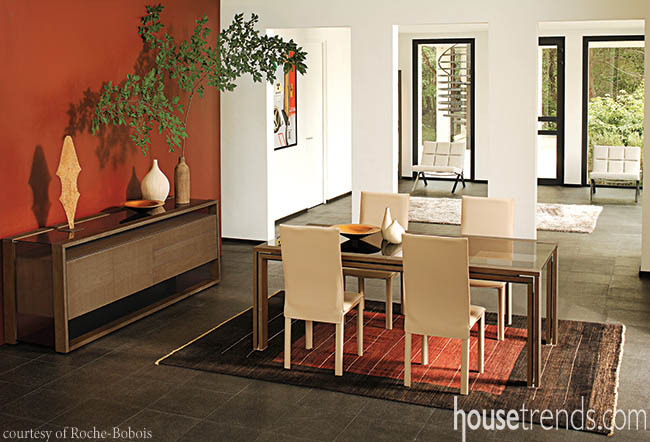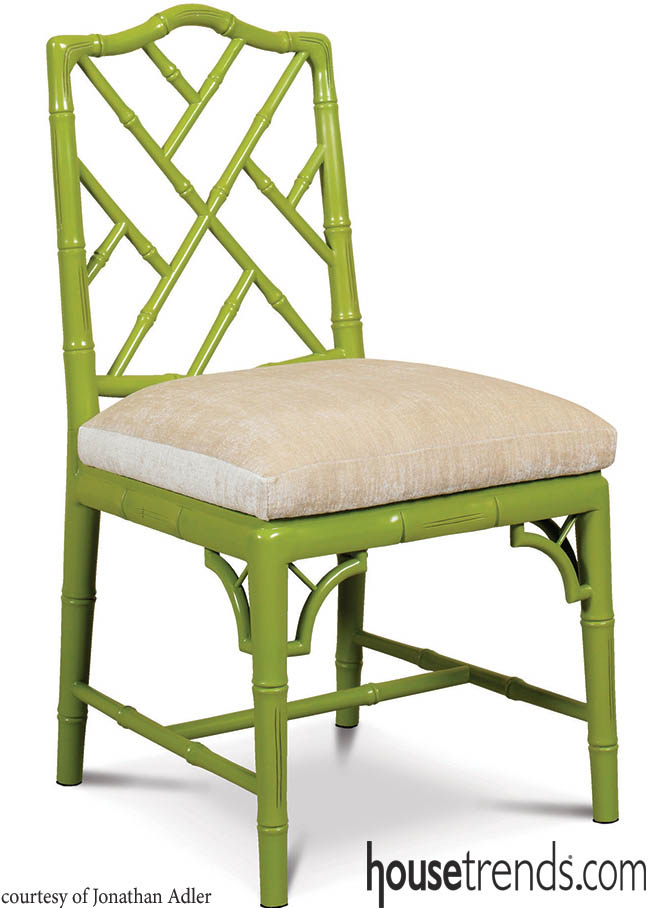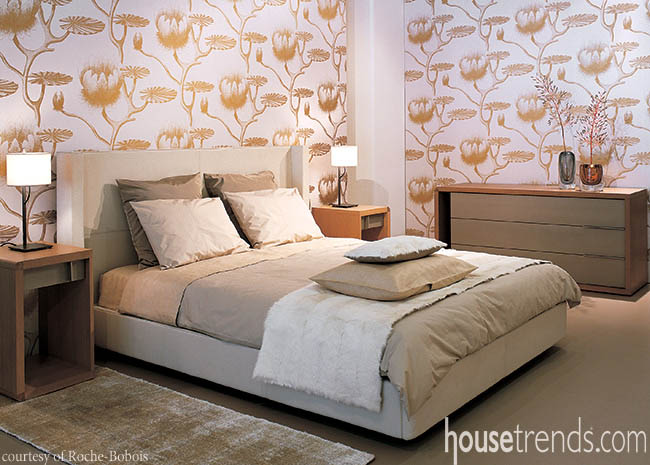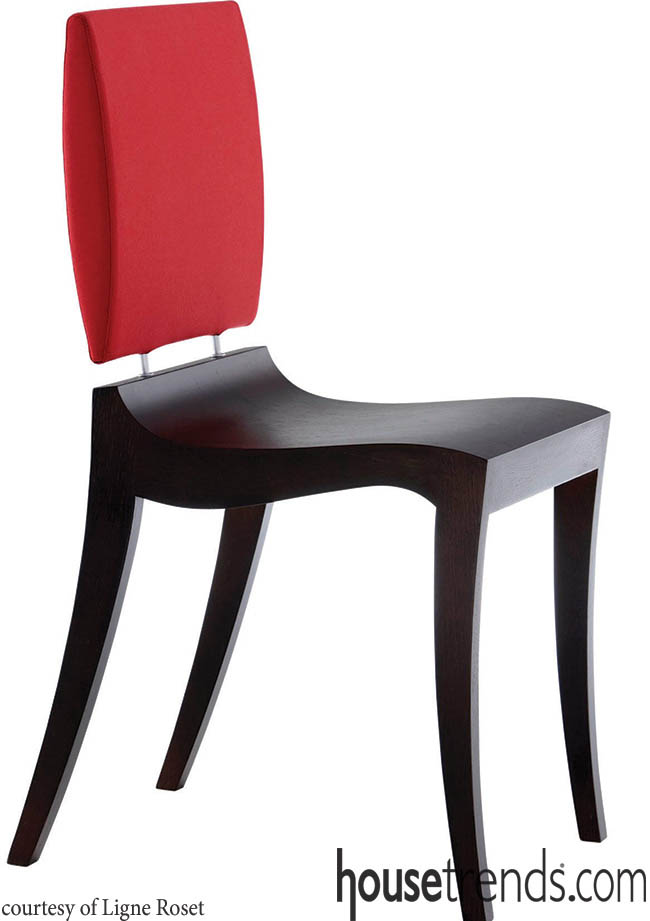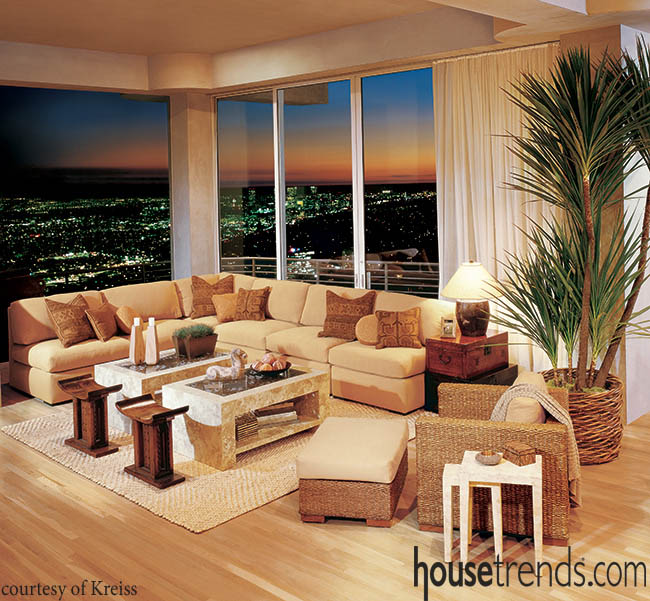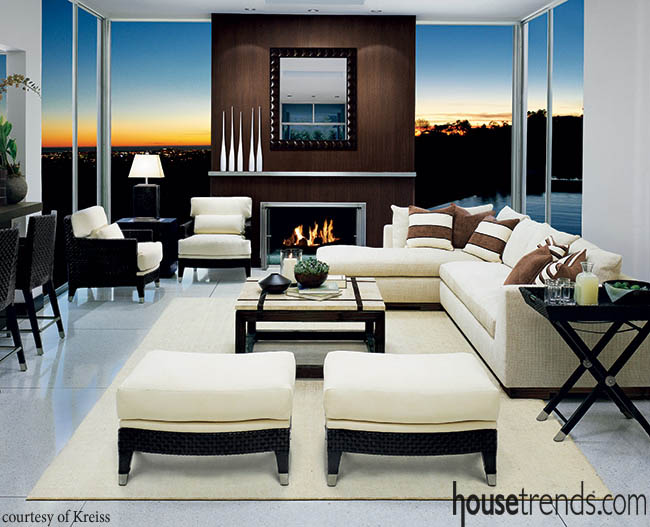Just as an artist creates a masterpiece, your home is your canvas. You can stand before it, your mind racing with ideas, knowing that you have the freedom to create anything your heart desires. The realm of possibilities is virtually limitless. If you need a little inspiration, consider the world of contemporary furniture. Step into a home designed with a contemporary flair, you’ll experience something that’s not only clean and sophisticated, but inspiring, orderly and soothing at the same time. In today’s world of clutter and fast-paced living, the contemporary design gives a welcome refuge from the wild. But what exactly is contemporary?
Contemporary encompasses a range of styles developed in the latter half of the 20th Century. Contemporary furniture is defined more by shape and materials than by region or culture. It features softened and rounded lines, as opposed to the stark lines seen in modern design.
Contemporary furniture typically includes glass, metal, chrome and other composite materials. It rarely includes wood, leather, or other natural components, instead usually opting for man-made materials and synthetic fabrics. Upholstered furniture is often black, white, or other neutral tones.
Sofas, chairs and ottomans typically have exposed legs while beds and chairs usually have no skirt, trim, fringe or tassels.
The Roche and Chouchan families met and created Roche-Bobois in Paris in 1960. Since then, the furniture manufacturer has teamed up with prominent and upcoming designers to create one-of-a-kind contemporary furniture. Olivier Cardon, chief executive officer of Roche-Bobois USA, says his company aims to bring a coherent and comprehensive vision of contemporary furniture to clients. “We don’t ignore the fact that people live with these designs, therefore they have to have an enduring sense of elegance, a maturity of style and comfort,” he explains.
Cardon stresses that it is important to include existing pieces that you like in a modern environment as accents. “This is where true design identity lies, in marrying meaningful pieces from different styles and eras while keeping a coherent esthetic vocabulary.”
Designer Jonathan Adler, who has showrooms across the country, agrees. “To me, contemporary design is eclectic, mixing vintage with new, ethnic with traditional, Louis chairs in a modern house,” he says. “It’s not about a slavish adherence to any particular style. I am happy to see lots more pattern and decoration in contemporary design. As a maximalist, I was dismayed a few years ago at the trend towards dour minimalism. So I’m thrilled to see ornament. If switching over a room to contemporary design, remember it is about the mix. X-Benches tucked under an antique console would be divine or place chartreuse Chippendale chairs around a Warren Platner wire rod dining table for a totally chic look.”
Contemporary furniture can look terrific in many different rooms. In general, it looks best in environments where the colors are neutral. This creates a sharp contrast with the stark shapes of the furniture. Contemporary homes usually have very few decorations or wall hangings and flooring choices are either tile or short fibered carpets and rugs.
A big advantage of contemporary style is that it’s easy to mix and match multiple designs while coordinating a room.
Contemporary pieces don’t typically have a lot of colors. Mostly, they are accessorized with color to bring together an entire room. And today’s contemporary furniture manufacturers have a bevy of offerings that are truly easy to match together.
Remember, in contemporary furniture, simplicity should be the driving force. It’s not about stark, it’s more about focus and visual order, which can be comforting and comfort is tranquility. Just like a fine Renoir painting, your home should be your prized possession that stands the test of time.

